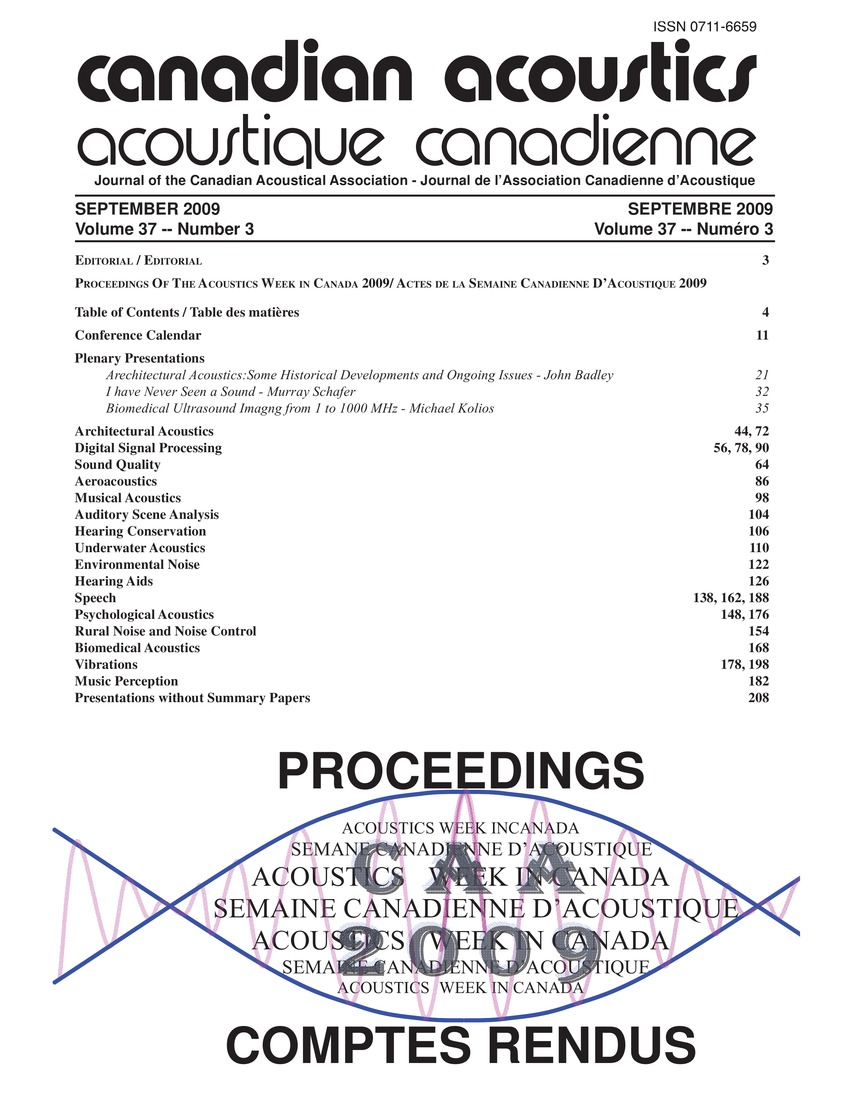Wideband echo control challenges
Keywords:
Acoustics, Adaptive filtering, Adaptive filters, Broadband networks, Echo suppression, Electric filters, Electroacoustic transducers, Impulse response, Switching circuits, Telephone, Telephone circuits, Time domain analysis, Acoustic echo canceller, Acoustic echoes, Control challenges, Desired signal, Echo cancellation algorithm, Error signal, Filtering operations, Frequency domains, Input signal, Public switched telephone network, Significant factors, Time domain, Wide-bandAbstract
Some of the significant factors that drive the use of different types of echo cancellation algorithms in wideband telecommunication are discussed. There are two types of echo sources, such as electrical and acoustic where electrical echo is caused by the hybrid found in the public switched telephone network. Acoustic echo is present when the signal from the loudspeaker is picked up by the microphone. The acoustic echo impulse response can vary significantly during a call as compared with the electrical echo impulse response. There are many types of acoustic echo canceller (AEC) algorithms that can be categorized as time-domain or frequency-domain. An input signal x(n) is filtered by an adaptive filter in a time-domain adaptive filter AEC. The output from this filtering operation is subtracted from a desired signal to produce the error signal.Additional Files
Published
How to Cite
Issue
Section
License
Author Licensing Addendum
This Licensing Addendum ("Addendum") is entered into between the undersigned Author(s) and Canadian Acoustics journal published by the Canadian Acoustical Association (hereinafter referred to as the "Publisher"). The Author(s) and the Publisher agree as follows:
-
Retained Rights: The Author(s) retain(s) the following rights:
- The right to reproduce, distribute, and publicly display the Work on the Author's personal website or the website of the Author's institution.
- The right to use the Work in the Author's teaching activities and presentations.
- The right to include the Work in a compilation for the Author's personal use, not for sale.
-
Grant of License: The Author(s) grant(s) to the Publisher a worldwide exclusive license to publish, reproduce, distribute, and display the Work in Canadian Acoustics and any other formats and media deemed appropriate by the Publisher.
-
Attribution: The Publisher agrees to include proper attribution to the Author(s) in all publications and reproductions of the Work.
-
No Conflict: This Addendum is intended to be in harmony with, and not in conflict with, the terms and conditions of the original agreement entered into between the Author(s) and the Publisher.
-
Copyright Clause: Copyright on articles is held by the Author(s). The corresponding Author has the right to grant on behalf of all Authors and does grant on behalf of all Authors, a worldwide exclusive license to the Publisher and its licensees in perpetuity, in all forms, formats, and media (whether known now or created in the future), including but not limited to the rights to publish, reproduce, distribute, display, store, translate, create adaptations, reprints, include within collections, and create summaries, extracts, and/or abstracts of the Contribution.


